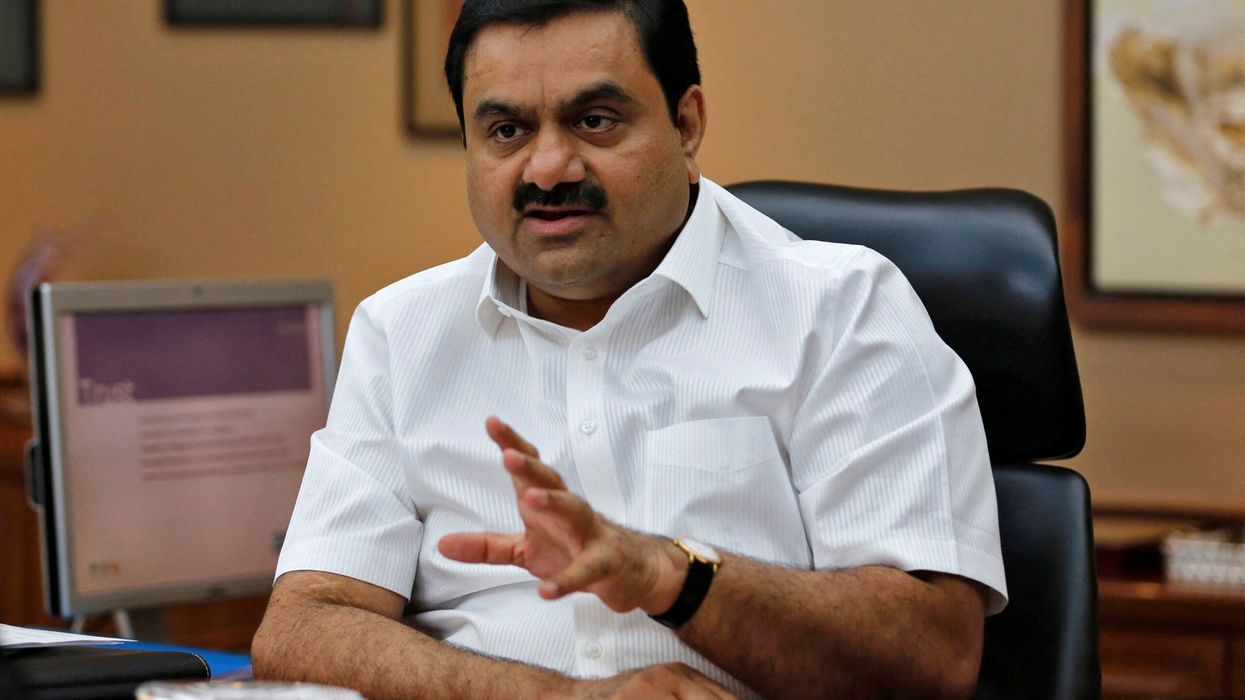IN JUNE 2020, Indian billionaire Gautam Adani’s renewable energy company won what it described as the largest solar development bid ever awarded: an agreement to supply 8 gigawatts of electricity to a state-owned power company.
However, according to US authorities, the deal ran into trouble when local power companies were unwilling to pay the prices offered, jeopardising the agreement. To resolve the issue, Adani allegedly decided to bribe local officials to persuade them to purchase the electricity.
These allegations are at the centre of US criminal and civil charges unsealed on Wednesday against Adani. While Adani is not in US custody and is believed to be in India, his company, Adani Group, has called the charges "baseless" and stated that it would seek "all possible legal recourse."
The alleged scheme involved hundreds of millions of dollars in bribes to Indian officials, which came under scrutiny as Adani’s companies raised funds from US-based investors in several transactions beginning in 2021.
This account of the alleged bribery is based on a 54-page criminal indictment filed by federal prosecutors and parallel civil complaints by the US Securities and Exchange Commission (SEC), which include references to electronic messages among the alleged participants.
In early 2020, the Solar Energy Corporation of India awarded contracts to Adani Green Energy and Azure Power Global for a 12-gigawatt solar energy project.
The project was expected to generate billions of dollars in revenue for both companies.
At that time, Adani Green Energy, managed by Adani’s nephew, Sagar Adani, had only earned around £40 million in its history and had not yet turned a profit, according to the SEC complaint.
Delays soon arose as local state electricity distributors hesitated to commit to purchasing the solar power, expecting prices to fall in the future, according to a 2021 report by the Institute for Energy Economics and Financial Analysis.
SEC filings cite WhatsApp messages exchanged between Sagar Adani and Azure’s CEO at the time, Ranjit Gupta, discussing incentives to address the delays.
On 24 November 2020, the Azure CEO reportedly wrote, “The local power companies are being motivated,” to which Sagar Adani allegedly replied, “Yup ... but the optics are very difficult to cover.” By February 2021, Sagar Adani allegedly told the CEO, “We have doubled the incentives to push for these acceptances.”
(With inputs from Reuters)













